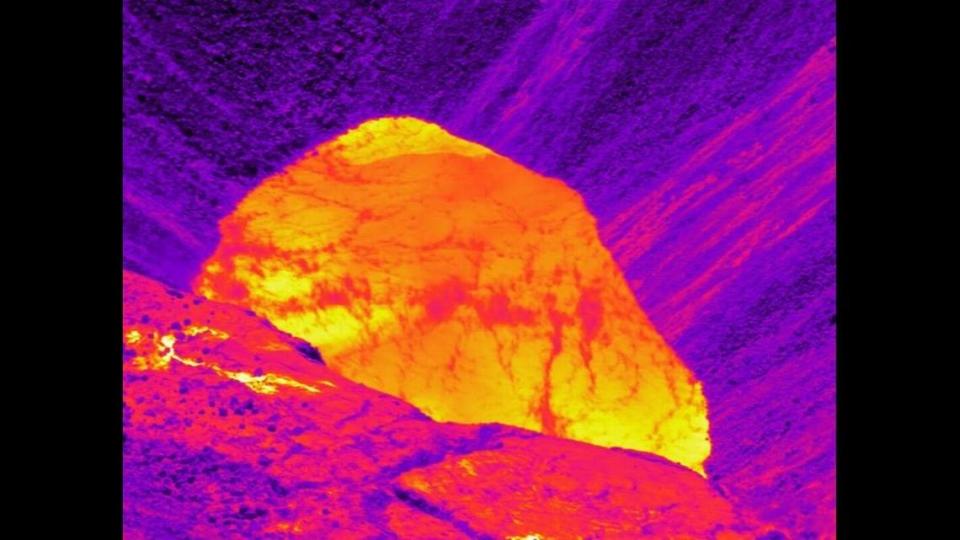One of world’s most dangerous lakes is growing in belly of Hawaii’s Kilauea volcano
A lake the size of five football fields growing in the belly of a volcano sounds fantastic, but the facts just keep getting stranger in the case of Hawaii’s Kilauea volcano.
A study released this month by the U.S. Geological Survey has found the mysterious lake is one of the world’s hottest bodies of water.
Its deadly waters range from 176 to 185 degrees, according to the USGS Hawaiian Volcano Observatory. To put that in perspective, water at 154 degrees “instantaneously” scalds human skin, according to Hotwaterlab.com.
“Globally, only a few volcanic lakes have surface temperatures greater than ... 176 degrees Fahrenheit,” the USGS reported Aug 8.
Why is the water so hot? Experts have not settled on a specific reason.

One factor could be “residual heat” built up in rubble at the base of the site’s pit crater, the USGS says. Another possibility is the nearby gas vents ( fumaroles ) that produce heat in the range of 302 degrees Fahrenheit, the report said.
The lake began forming sometime after a May 2018 eruption caused the floor of Kilauea’s caldera to collapse, leaving “a hole nearly as deep as One World Trade Center,” according to a report by NASA’s Earth Observatory. Prior to the eruption, the caldera hosted “a large lake of lava,” NASA says.
“In July 2019, helicopter pilots began to notice water pooling into a pond in the lowest part of the crater. Water levels have risen steadily ever since,” NASA says. “Today, the lake — now with a rusty brown sheen on its surface due to chemical reactions taking place in the water — has an area larger than five football fields combined and a maximum depth of roughly ... 100 feet.”
Scientists believe the lake is growing because the crater’s floor fell low enough to put it below the water table, NASA says.
That’s definitely something to be worried about, experts say.
“Magma interacting with near-surface water can, in some circumstances, trigger steam-blast explosions,” the USGS report says.
The Hawaiian Volcano Observatory is monitoring the lake around the clock, believing changes in temperature might indicate an explosion is imminent, the report said.
“At several other volcanic lakes around the world, changes in lake temperature have preceded explosions,” the USGS says. “Over the past year, Kilauea’s lake temperatures have stayed in the same range, and we do not yet see any significant or systematic change.”


